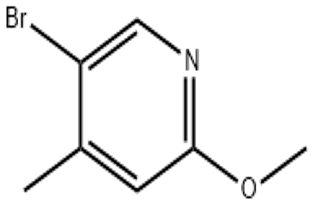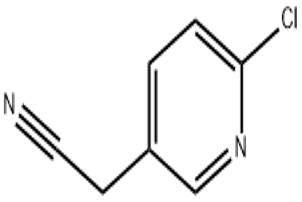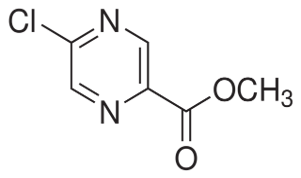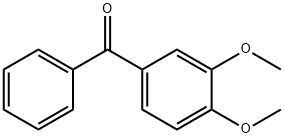5-Bromo-2-methoxy-4-methylpyridine(CAS# 164513-39-7)
Risk and Safety
| Hazard Symbols | Xi – Irritant |
| Risk Codes | 36/37/38 – Irritating to eyes, respiratory system and skin. |
| Safety Description | S26 – In case of contact with eyes, rinse immediately with plenty of water and seek medical advice. S36 – Wear suitable protective clothing. |
| WGK Germany | 3 |
| HS Code | 29339900 |
| Hazard Class | IRRITANT |
5-Bromo-2-methoxy-4-methylpyridine(CAS# 164513-39-7) introduction
2-Methoxy-4-methyl-5-bromopyridine is an organic compound. The following is an introduction to its nature, use, manufacturing methods and safety information:
Quality:
2-Methoxy-4-methyl-5-bromopyridine is a solid with white to pale yellow crystals with a peculiar odor.
Use:
2-Methoxy-4-methyl-5-bromopyridine is a commonly used reagent in organic synthesis. It is commonly used in catalytic reactions in organic synthesis like Suzuki-Miyaura reaction, Heck reaction, etc.
Method:
The method of preparing 2-methoxy-4-methyl-5-bromopyridine is generally achieved by halogenation and substitution reaction of pyridine. Specifically, pyridine and alcohol can be reacted to prepare 2-methoxy-4-methylpyridine, and then brominated to obtain the target product.
Safety Information:
2-Methoxy-4-methyl-5-bromopyridine should be stored in a sealed container to avoid contact with air and moisture. During use, care should be taken for protective measures, such as wearing gloves and glasses. Avoid inhalation, ingestion, or contact with skin. Attention should be paid to the use of ventilation equipment during handling or operation, and the relevant safety operating procedures should be observed. If inhalation, ingestion, or skin contact occurs, seek medical attention promptly.







![1H-[1 2 3]Triazol-4-Ylmethylamine Hcl (CAS# 118724-05-3)](https://www.xinchem.com/uploads/1H123Triazol4YlmethylamineHcl.png)
